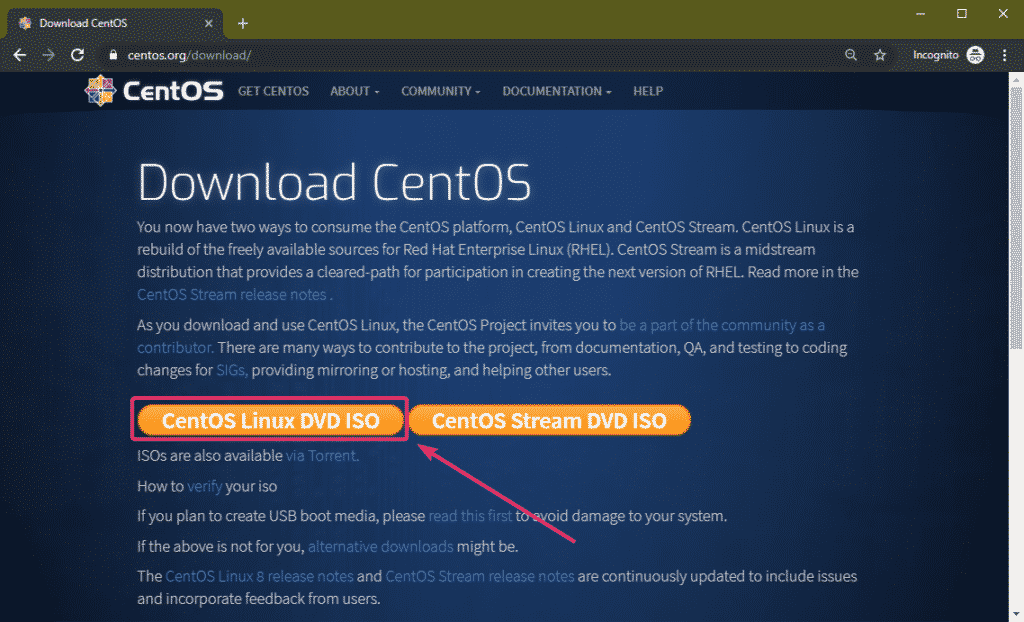Copying operating system (typically Raspbian) image files to a micro SD card is an essential part of getting started with a Raspberry Pi. It can be a long-winded process, and is often difficult for newcomers to grasp.
I made this mistake while going from windows 10 to pop os. If you're going to use etcher (balena etcher) to flash a usb go to balena.io/etcher/. This is their real site! Etcher.NET gives you nothing but a bogus installer that tries to get you to install several unwanted software, before proceeding to NOT install etcher. TechSegun will show you how to install Linux Mint using Etcher. Based on Unix, Linux has become one of the most popular open source Operating System with millions of users worldwide. Linux OS itself is a free cross-platform OS which can be installed on devices such as netbooks, laptops, mobile devices, servers, video game consoles, PCs. Etcher is a popular application to create USB sticks that can be booted under Linux. I will show you how to install it and how to use it to create a living Linux disk. Gums: Open source tool for Linux ISO flashing on SD cards and USBdrives. Etcher is Balena’s open source project to use SD cards for Raspberry Pi. Etcher was developed by Balena, hence the Balena Etcher, and it was built using the Electron framework. The good news is that it does work with your current operating system may it be Windows, macOS, and Linux so this does make everybody pretty happy. After downloading Etcher, go ahead and run it. How to Install It.
Mac and Linux users typically use the dd command in the terminal, while Windows users require a program such as Win32DiskImager.
So we were pleased to come across Etcher. Etcher turns the whole process of flashing an OS image file into three simple steps: Select Image, Select Drive, and Flash Image.
Etcher For Windows
More importantly, the same program, with the same interface, is available on all three types of computer – Windows, Mac, and Linux – which makes it easy for everybody to understand.
Etcher takes a lot of the stress out of flashing a drive. Etcher won’t write to your hard drive volumes unless you check Unsafe Mode in Settings. Unsafe Mode is handy if you want to flash a USB thumb drive or other internal drive, but it’s disabled by default, making the process safer for newcomers.
We like Etcher so much, we thought we’d create this guide to installing and using it. Follow these steps for hassle-free SD card flashing.
STEP-01 Install in Windows or Mac
Download and install Etcher from the website. Double-click the .exe file in Windows and follow the Etcher setup wizard. Drag the Etcher app to your Applications folder on a Mac and double-click to open it. In Windows, run Etcher in Administrator Mode: right-click on Etcher and choose ‘Run as administrator’.
STEP-02 Install on Linux
Download the AppImage file from the Etcher website. Open a terminal window and enter:

STEP-03 Download your OS image
Download a copy of the latest Raspbian image from the Downloads page (or the OS image you want to install). Unzip the file after it has downloaded. Double-click the file in Mac or Linux (or use unzip in a terminal window). In Windows, right-click the file and choose Extract All. Etcher can install directly from a ZIP file, but the process takes a lot longer.
STEP-04 Select the image
Click Select Image in Etcher. Use the file manager window and locate the image you unzipped in the previous step. Click Open. The image will appear under Select Image, and Connect a drive will highlight red.
STEP-05 Insert your SD card
Download Etcher Linux
Attach your SD card to the computer. Etcher will select it automatically. Etcher won’t write to your hard drives by default, but check that the SD card is listed correctly. Now click Flash! to write the image file to the SD card.
STEP-06 Writing the image
Etcher will format the SD card, before writing and verifying the image; this is shown by a progress bar. When done, remove the SD card, insert it into your Raspberry Pi, and power it up. If you want to flash another SD card with the same image, insert it and click Use Same Image.
Subscribe and never miss an issue
Get a a brand new Raspberry Pi Zero W, a case for it, and a selection of adapter cables with a twelve-month print subscription to The MagPi!